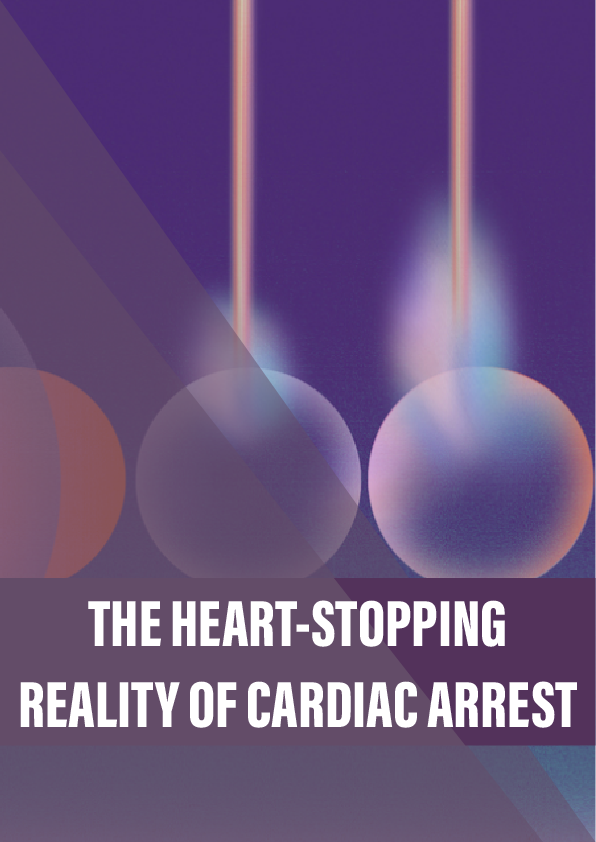Scholarly vs Popular Sources
In academic assignments and writing, we need to use scholarly sources, so it is important to know the difference between scholarly and popular sources. Which sources are scholarly and which are popular? Click on the images below to learn more
What’s the difference between a scholarly and a popular source?
Scholarly sources — Scholarly sources present original research (in an article or thesis) or compile research (in a textbook, dictionary or encyclopedia). They are written by researchers or scholars and are designed for an academic audience. Scholarly resources use specialized, scientific vocabulary. Scholarly resources contain references to back up information and they are considered to be reliable resources.
Popular sources — Popular sources present information with the intent of informing or entertaining. Popular sources do not contain original research but can summarize or report on original research. They are written by non-experts for a wide audience. Popular sources use accessibly language. Popular sources to not usually contain references and they are not considered to be a reliable academic source.
What is peer review?
Scholarly articles are sometimes called peer reviewed articles as they go through the peer review process.
In peer review, journals uses experts (peers) to review potential articles. When an author submits an article to a journal, that journal sends the article to experts in the field for review. Reviewers assess the accuracy and validity of the research methodology.
Peer review sets a high standard of research quality and reliability, so peer reviewed articles are considered to be the highest quality source of information on your subject. This is why you should use peer reviewed, scholarly articles in your work.
Types of Scholarly Sources
Now that we know the difference between scholarly and non scholarly sources, it is important to know the different types of scholarly sources.
Scholarly sources can be primary, secondary or tertiary sources.
What Source Should You Use?
It is important to know when to use each type of scholarly source:
Primary Sources – Use primary sources to provide credible evidence for your arguments and to back up specific claims. As primary sources provide authoritative, first-hand research information, they are important to use in your work.
Secondary Sources – Use secondary sources to gain an overview of your topic. As secondary resources summarize or synthesize a number of primary resources, they are useful to understand the various aspects of your research topic.
Tertiary Sources – Tertiary sources are used to provide technical information or general background information. Refer to tertiary sources when need definitions or basic information about a topic.
Identifying Reliable Resources
We use many different sources in our work, so it is important to chose quality, credible resources. Peer reviewed resources are the most credible, as they go through the peer review process, while internet resources are less credible as anyone can post information on the internet.
Use the following figure to understand what makes a resource credible, and how to identify reliable resources.











